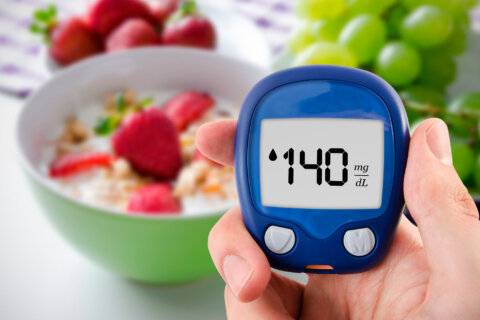Weight loss is a numbers game. More calories burned and less calories eaten is the magic formula. The main approach to tipping the scale towards weight loss involves consciously trying to exercise more and eat less. While this is effective, it is useful to know some other techniques that help us shave off calories without even thinking about it.
Enter the unique world of research at the Cornell University Food and Brand Lab. Researchers here have consistently cranked out studies that uncover hidden behaviors that cause us to overeat. These findings help us to know what kind of tweaks you can make to our environment to effortlessly shave off calories without having to even think about it. Here are five of their top findings.
[See: 10 Ways to Live Healthier and Save Money Doing It.]
Tame the chaos in your kitchen. Young women were asked to wait in a kitchen, and in the meantime were invited to partake in snacks that were provided — cookies, crackers and carrots. The kitchen was either a chaotic mess, with dirty dishes, piles of paper and a ringing phone, or was calm and tidy. They also asked the women to either write about a time in their life when they felt out of control, or a time when they felt in control. The results showed that those women who wrote about an out of control life event and also sat in a messy kitchen ate twice as many cookies in the ten minutes they spent waiting. Women in the tidy kitchen did not seem to be impacted. The researchers speculate that a chaotic kitchen creates a perfect storm for us to comfort eat during times of stress.
Keep food out of sight, unless it’s fruit. Researchers were curious to see if they could predict the weight status of someone by simply viewing their kitchen, so they photographed over 200 American kitchens. They found that women who had cereal sitting on their countertop weighed about 20 pounds more than women who did not, and those that had soft drinks sitting out weighed about 25 pounds more. Conversely, households that had a fruit bowl sitting out tended to weigh about 13 pounds less than women who didn’t have fruit out. If you want to eat less food, make sure it’s not out in plain sight, where you may tend to grab and go throughout the day.
[See: 10 Healthy Meals You Can Make in 10 Minutes.]
Make sure your workout is fun. Changing your mindset when you approach exercise may help you avoid overeating afterwards. One Food and Brand Lab study showed that many people tend to use food as a reward for exercise, making them an “overeating exerciser” according to Brian Wansink, co-author of the study. However, if exercise is seen as a fun activity rather than a tedious one that must be endured, this urge to add in a food reward can be diminished.
Indulge, but make it a smaller portion. Curious about how much of an indulgent food is needed to truly satisfy a craving, researchers gave small portions of chocolate chips, apple pie and potato chips to one group, and larger portions of the same treats to another group. They monitored how satisfied the subjects felt and also how full they felt after indulging. They found that both groups felt equally satisfied and full, but the larger portion group ended up eating about 77 percent more food to achieve the same result, translating to about an extra 100 calories.
[See: Dietary Guidelines Do-Over.]
Plates matter. Earlier research, now dubbed by Cornell researchers as the “large plate mistake,” demonstrated that people tend to serve themselves bigger portions when using bigger plates, and they also end up eating more food overall when plates are bigger. Newer research has shown that the color of your plate may matter, too. Researchers set up an experiment disguised as an outdoor party, and gave guests either red or white plates to dish themselves up as much as they wanted to eat. They found that when the food color matched the plate color — pasta with red sauce on the red plates or pasta with white sauce on the white plates — people ended up dishing 30 percent more food onto their plate! The researchers suggest buying smaller dinner plates to begin with, and going for plates that offer colorful contrasts to your food.
More from U.S. News
9 Things That Are Surprisingly Good for Your Health
8 Reasons Running Now Will Help You Later in Life
8 Ways to Start an Urban Garden
5 Ways to Cut Calories Without Dieting originally appeared on usnews.com







